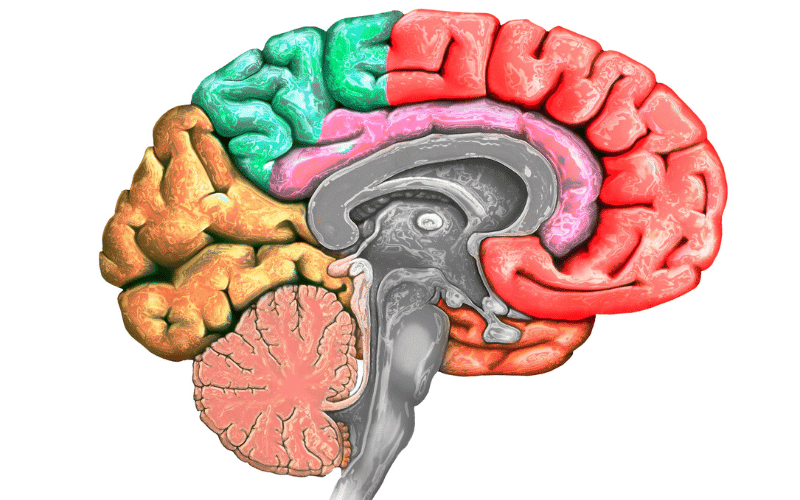Introduction: A Lesser-Known Yet Impactful Disease

Every year, countless individuals across the globe are affected by dementia, a term enveloping a myriad of neurological disorders impacting memory and cognitive functions. However, the public conversation often revolves around well-known forms like Alzheimer’s, leaving others like Pick’s Disease, also referred to as Behavioral Variant Frontotemporal Dementia (bvFTD), in the shadows. In this article, we’ll explore 15 key facts about Pick’s Disease that you need to know.
Diving into the world of dementia, it’s important to recognize the significant impact of these lesser-known conditions. By shedding light on diseases like Pick’s, we not only increase our understanding of dementia as a whole but also contribute to better, more tailored care for those affected.
Pick’s Disease, characterized by the degeneration of the frontal and temporal lobes of the brain, is one such dementia. These areas control crucial functions like speech, social behavior, and memory. The degeneration thus often leads to progressive changes in personality, behavior, and language ability, ultimately affecting an individual’s ability to carry out daily tasks.
In this extensive delve into Pick’s disease, we uncover critical facts about the condition, revealing its unique characteristics. We start from the very foundations, discussing its history, before diving into its onset, progression, symptoms, and diagnosis. Furthermore, we consider the genetic factors at play, potential treatments, and the ongoing research aimed at combating the condition.
1. The Landmarks of Pick’s Disease: Frontotemporal Degeneration

Pick’s disease gets its character from the degeneration it induces in two vital parts of the brain—the frontal and temporal lobes. These regions are the seat of many key functions like language, memory, and the regulation of social behavior. When these areas start to degenerate, these functions invariably suffer.
Imagine the human brain as a bustling metropolis. Each neighborhood— or in this case, lobe— has a specific role to play in keeping the city thriving. Now, if two significant areas in this metropolis start to falter, the whole city is bound to feel the effects. The city, in this analogy, is the human body, wholly dependent on the efficient functioning of its brain.
The changes caused by the degeneration in Pick’s disease are usually subtle initially, often attributed to stress or aging. However, over time these changes compound, leading to noticeable differences in the patient’s behavior, language skills, and personality. These are not mere mood swings or forgetfulness but could be indicators of something more profound.
The frontal lobes, responsible for decision-making and personality traits, and the temporal lobes, responsible for memory and understanding language, bear the brunt of Pick’s disease. As these areas degenerate, the individual’s behavior, language, and memory change, becoming progressively debilitating. The slow yet steady degeneration makes it an insidious condition to deal with. (1)